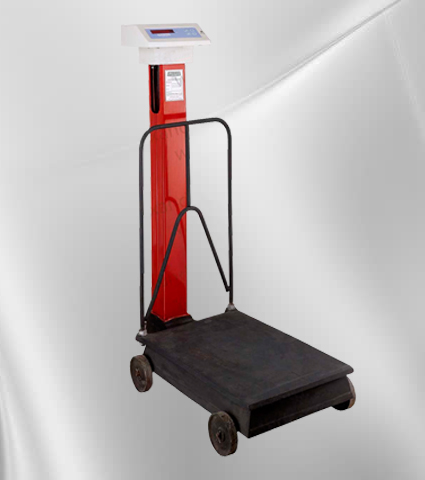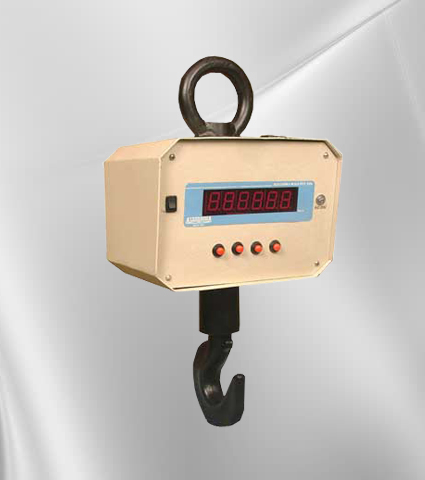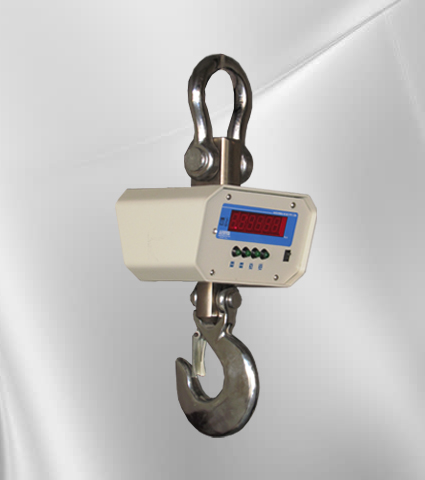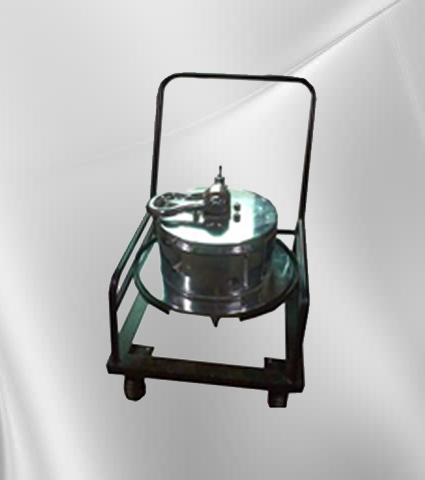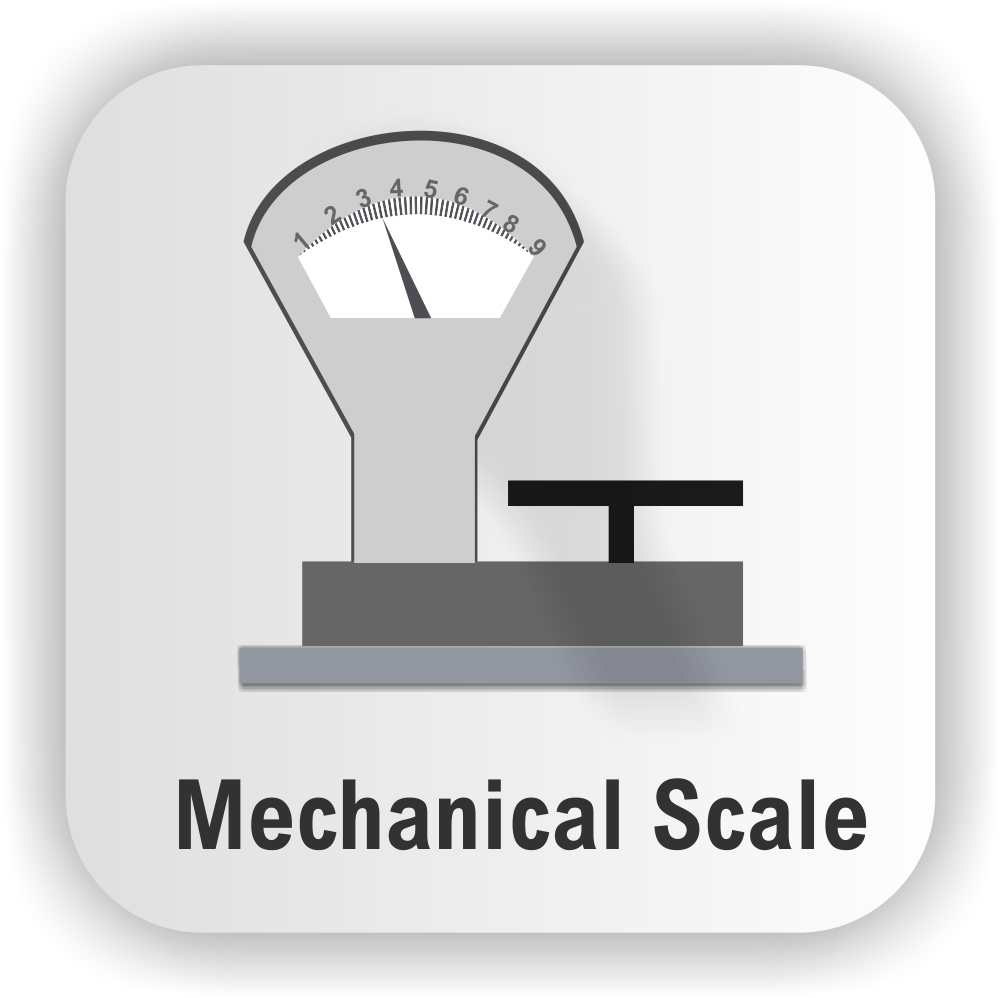
Mechanical Scale
A spring scale measures weight by reporting the distance that a spring deflects under a load. This contrasts to a balance, which compares the torque on the arm due to a sample weight to the torque on the arm due to a standard reference weight using a horizontal lever. Spring scales measure force, which is the tension force of constraint acting on an object, opposing the local force of gravity. They are usually calibrated so that measured force translates to mass at earth’s gravity. The object to be weighed can be simply hung from the spring or set on a pivot and bearing platform.
In a spring scale, the spring either stretches (as in a hanging scale in the produce department of a grocery store) or compresses (as in a simple bathroom scale). By Hooke’s law, every spring has a proportionality constant that relates how hard it is pulled to how far it stretches. Weighing scales use a spring with a known spring constant (see Hooke’s law) and measure the displacement of the spring by any variety of mechanisms to produce an estimate of the gravitational force applied by the object. Rack and pinion mechanisms are often used to convert the linear spring motion to a dial reading.

